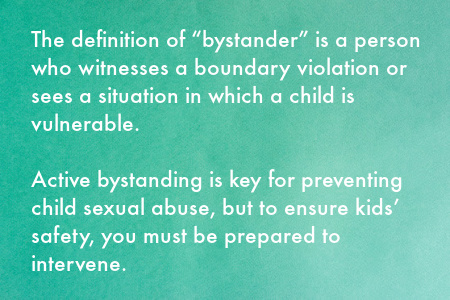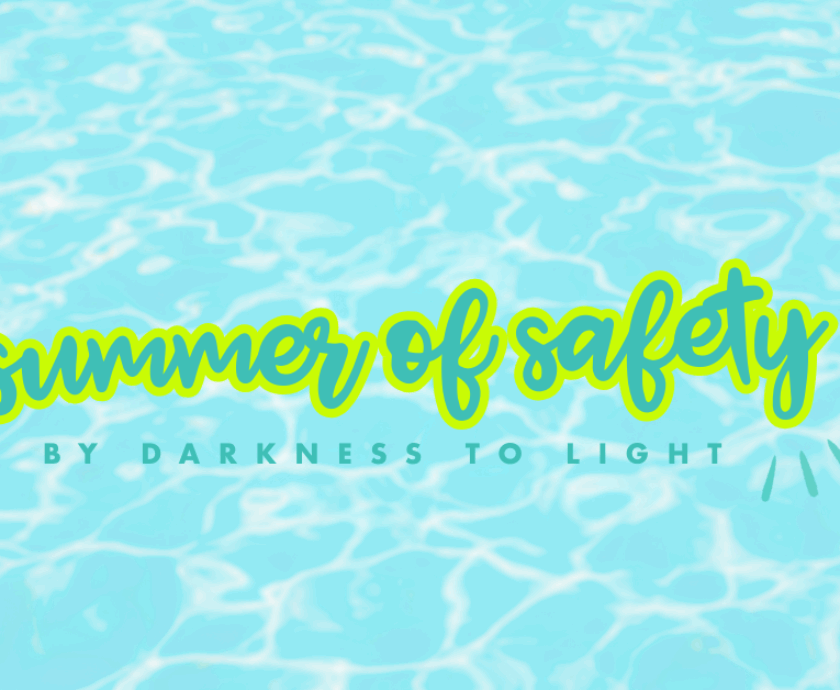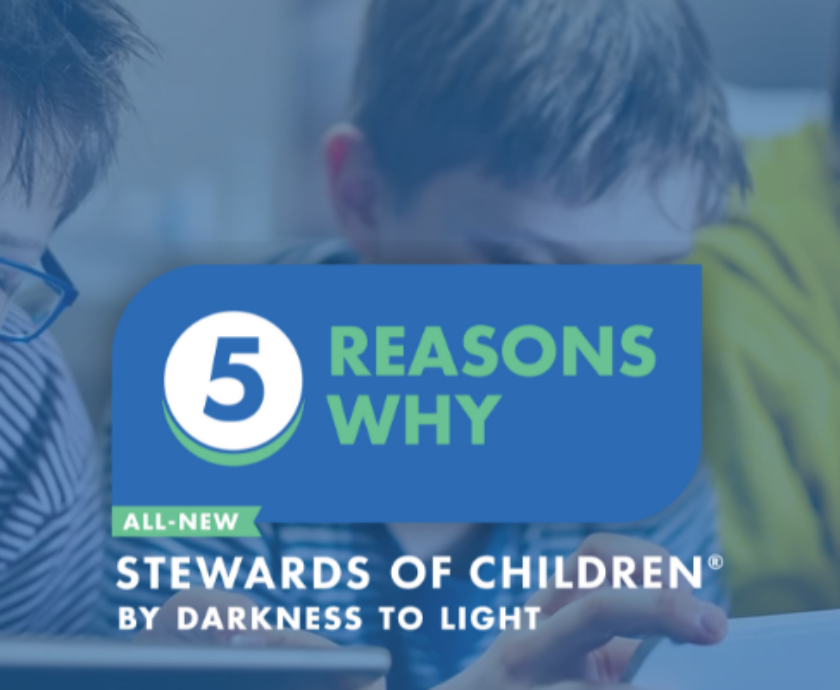Intervening or taking preventative measures as a bystander can mean the difference between a child being sexually abused or being protected from abuse.
What is a bystander? A bystander is a person who witnesses a boundary violation or sees a situation in which a child is vulnerable. Bystander intervention can play a major role in keeping kids safe by acting when they see a child who needs help.
The Barriers Facing Bystanders
Bystander intervention, or active bystanding, plays a critical role in child protection but can be intimidating. A bystander may hesitate to intervene because of the fear of backlash or of misreading a situation. Sometimes, a bystander may simply not know they need to intervene. It isn’t always obvious when a child is being abused, so as the child’s advocate and protector, the bystander must be able to recognize the signs.

If you find yourself thinking, “Is it really my business?” or “What if I’m reading the situation incorrectly?” – don’t worry! Both questions have super simple answers:
- Child protection is everybody’s business and responsibility
- What matters most is making sure the child feels safe or is able to get away from an unsafe situation
- Trust your gut
You don’t need to have proof or be positive that abuse is happening. If you see that a child is uncomfortable or have reason to believe something isn’t right, stand up for the best interest of the child!
The Impact of Bystander Intervention
One in ten children will be sexually abused before their eighteenth birthday. In the United States alone, there are approximately 42 million adult survivors of child sexual abuse.
Active bystanders have the power to end ongoing abuse and prevent future abuse. Prevention is a key part of bystander intervention. Understanding how to spot grooming behaviors and minimize opportunity can help bystanders keep kids safe from the start.
Examples of Active Bystanding:
More than 80% of sexual abuse cases occur in isolated, one-on-one situations. If you eliminate or reduce isolated, one-on-one situations between children and adults, as well as children and other youth, you’ll dramatically reduce the risk of sexual abuse.
Example: Use group situations instead of one-one-one, have multiple adults supervise, make interactions observable, or plan for someone to drop by or interrupt.
Offenders are often seen pressing boundaries and breaking rules, but are rarely caught in the act of abusing a child. When you see a boundary being crossed, describe the inappropriate behavior or boundary violation to the person who has crossed it. Have family rules about when and how adults engage with your children.
Example: “We don’t let Jimmy go to the movies alone without a parent.”
Perpetrators will often pretend to be someone they aren’t to gain access to kids online. They will pretend to share similar interests to gain trust, grooming them online. Know who your kids are talking to online.
Example: Monitor what apps your children use and have limits to when and where they can use their devices. Perhaps at night, tablets, phones, and computers live in the caregiver’s room.

We understand intervening may feel uncomfortable, but wouldn’t you rather intervene and be wrong, than not intervene and be right? If keeping kids safe is your priority, Darkness to Light’s 5 Steps to Protecting Children™ can help you get started.
Want to learn more? Take our 30-minute Bystander Intervention training to receive examples of boundary violations and inappropriate behaviors, and how you can make spontaneous and planned interventions that reinforce boundaries and protect children.
Follow us on social media to stay up to date and join the conversation.




